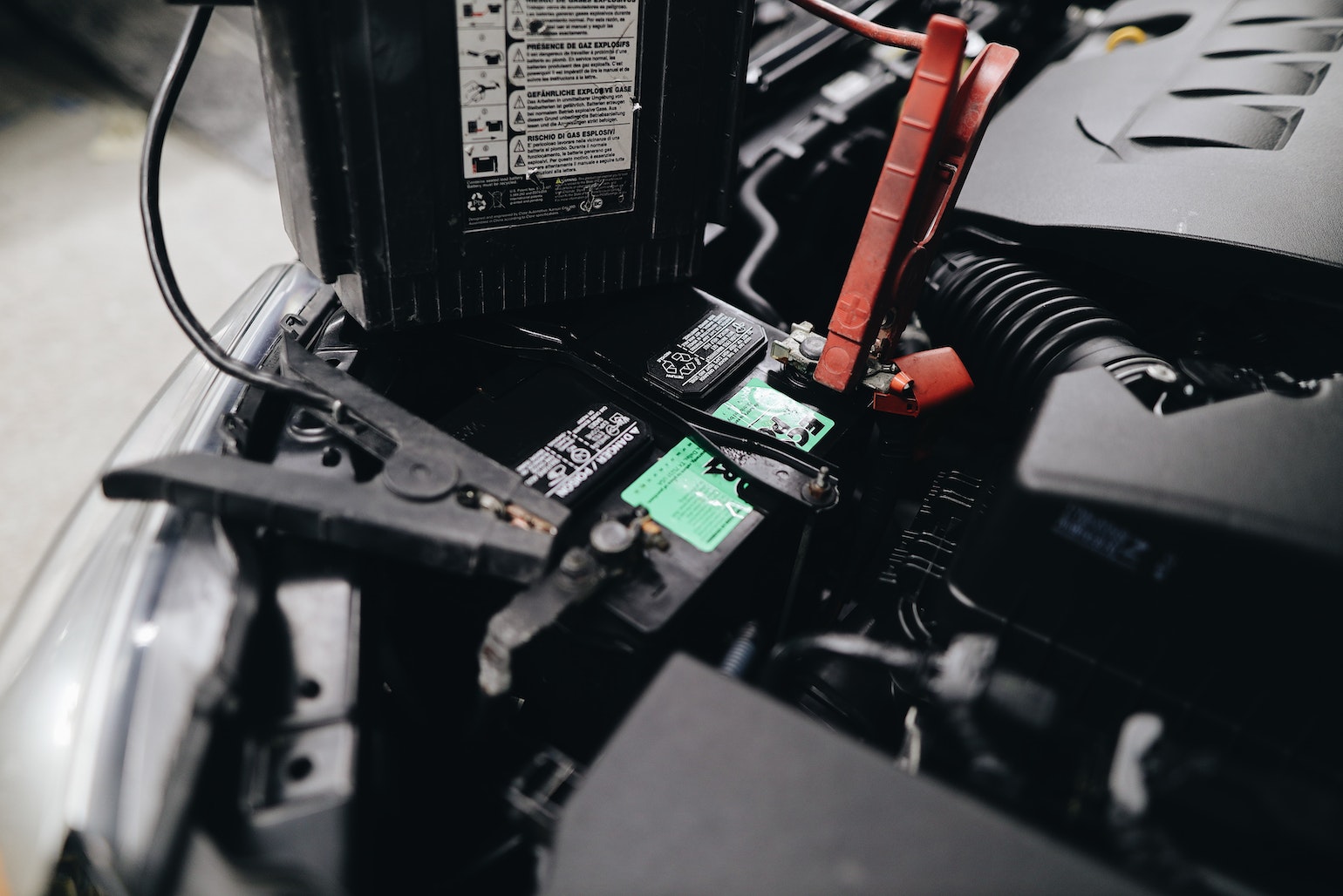Brisbane-based Li-S Energy (ASX: LIS) has achieved a significant milestone with the development of its first 20-layer battery cell, incorporating third-generation (GEN3) semi-solid state lithium sulphur technology. Manufactured at the company’s semi-automated phase two facility in Victoria, these cells utilize a low-flammable electrolyte designed to enhance safety compared to traditional lithium sulphur and lithium-ion cells. Li-S Energy’s patented Li-nanomesh technology is employed, along with boron nitride nanotubes (BNNTs), to minimize dendrite growth and further improve safety and cycle life.
Key Advantages of the New Battery Cell
The new battery cell offers several advantages. It features enhanced volumetric energy density, achieved by using a lower porosity cathode material, which reduces the physical size of each battery pack. Additionally, it boasts higher gravimetric energy density, resulting in a lightweight product through optimized cathode material composition. Remarkably, the cells are reported to have the same physical size but weigh only half as much as existing lithium-ion batteries.
Collaboration with Deakin University
Li-S Energy’s Chief Executive Officer, Lee Finniear, highlighted the culmination of years of research in collaboration with Melbourne’s Deakin University, which led to the development of the 20-layer battery cells. Finniear expressed confidence in the scientific and technical teams, emphasizing the strength of their progress over the past year. He looks forward to commencing production of commercial samples for the company’s partners.
Unlocking Greater Energy Storage Potential
Lithium-sulphur (Li-S) batteries hold the potential to provide significantly higher energy storage capacity compared to current lithium-ion batteries. However, their limited life cycle has hindered mass adoption of the technology. Li-S Energy has addressed this challenge by incorporating BNNTs and other novel materials into their battery design, leading to a substantial increase in the life cycle of their batteries. Test cells have demonstrated sustained performance over 1,000 charge-and-discharge cycles while retaining a specific capacity nearly three times that of typical commercial lithium-ion batteries.
Strengthening Research and Development Capabilities
To further support their innovation and production capabilities, Li-S Energy recently appointed Dr. Paul Bayley as the Research and Development Manager. Dr. Bayley brings extensive industry-focused battery development experience, having spent six years as a battery scientist at Apple Inc. During his tenure, he led advanced lithium-metal and lithium-ion battery development projects for future Apple devices. Dr. Bayley’s expertise and innovative research in lithium-metal cell technology significantly enhance Li-S Energy’s technical and scientific capabilities.
In summary, Li-S Energy’s breakthrough development of a 20-layer battery cell utilizing GEN3 semi-solid state lithium sulphur technology marks a significant advancement in battery technology. The company’s collaboration with Deakin University, incorporation of novel materials, and appointment of Dr. Paul Bayley underscore their commitment to pushing the boundaries of energy storage capabilities. Li-S Energy’s innovative approach has the potential to revolutionize the industry and pave the way for the mass adoption of high-performance, long-lasting lithium-sulphur batteries.











